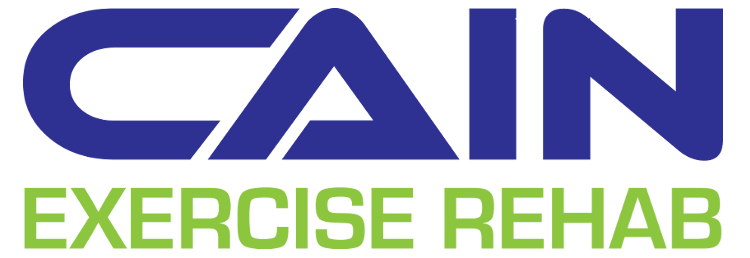We need to avoid trying to define all symptoms under one umbrella term, however. "Knot" is a catch-all, non-specific term while "trigger point" is a very specific condition that cannot be applied to all muscular pain. People commonly confuse the presence of fascial adhesions and scar tissue as well. How do we define it all?
Trigger Points
Firstly, let's tackle the well-known myofascial trigger point...as best as we can, anyway. You see, there's actually very little consensus on the cause or even the existence of trigger points. Nonetheless, there does exist a phenomena that clinicians define and treat as trigger points, and so here's the best explanation I can provide.
Trigger points are localized points in muscle and fascia that become tightened and hyperirritable. It's generally believe that they arise due to neural responses to injury and/or joint instability. Contrary to common belief, not every tender spot in muscle is a trigger point, the condition having a few requirements before we can consider its presence:
1) Trigger points cause and are found within a taught band or rope-like length of fibers within the muscle.
2) Trigger points will cause referred pain away from the site of the point itself, such as one found in the back of the shoulder causing dull pain lower down in the arm.
3) The trigger point, upon stimulation, will cause localized twitching - but not contraction - of the muscle.
Not all trigger points are active enough to exhibit these symptoms until manual pressure is applied. However, this should be enough to help you stop identifying everything as the same and to cease trying to treat every bump in your muscles with a lacrosse ball. That being said, how do we define other tender, restricted spots of muscle tissue?
Scar Tissue and Adhesions
Whether it be a result from acute injury or repetitive stress, scar tissue and adhesions tend to form in the muscle and fascia as well.
If you've ever taken a close look at scarring on the skin, you have a good idea of what muscular scarring is like; irregularly formed, stiff, and lacking tensile strength. The same occurs in muscle after said damaged tissue heals. Areas where scar tissue has developed and not been addressed may cause dysfunction of the muscle itself, restrict range of motion, affect strength, and potentially be a cause for pain.
Likewise, fascia can become damaged as well. Being the layers of connective tissue that separate muscle from organs, muscle from skin, and muscles from other muscles, this damage can also affect kinetic function and be tender and palpable as well. As fascia attempts to heal, it does so in the irregular fashion that we see with scarring, and these adhesions develop that restrict the ability of muscle to glide effectively.
Being irregularly-formed tissue, simply applying pressure to these points like many of us attempt to do thinking that they are trigger points is an ineffective method. Scar tissue and adhesions must be "broken" apart and then the areas restrengthened by movement. However, when it comes to breaking down these points, even the the popularized self-massaging from foam rollers probably doesn't provide enough pressure to assert physical changes within the tissue.
Summarizing, trigger points are a thing, but can't be identified as every nodule you feel in the muscle. Scar tissue and fascial adhesions exist that must be considered. Foam rolling and self-massage techniques probably don't exert enough focal pressure to achieve therapeutic effects. And, as always, exercise and range of motion drills are likely going to be the most effective method for treating these irregularities within the muscle, supplemented when needed by therapeutic manual techniques.



No comments:
Post a Comment